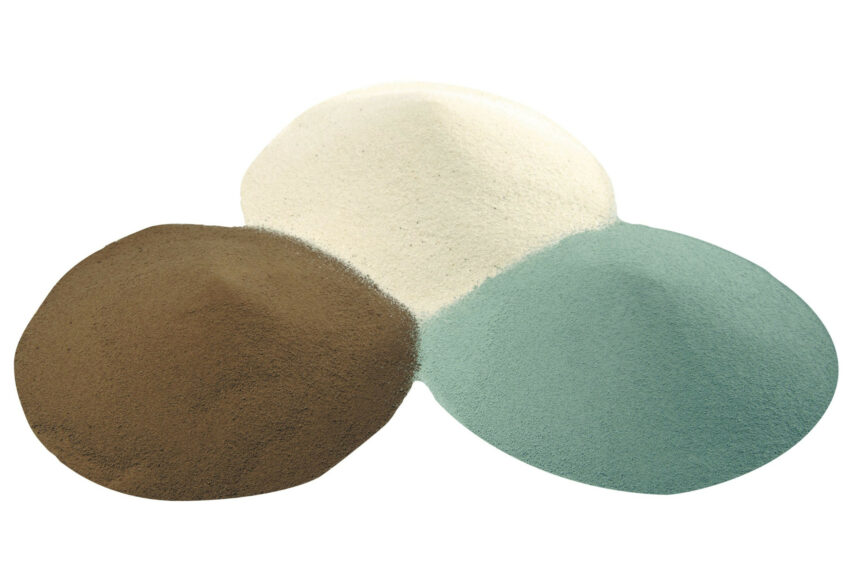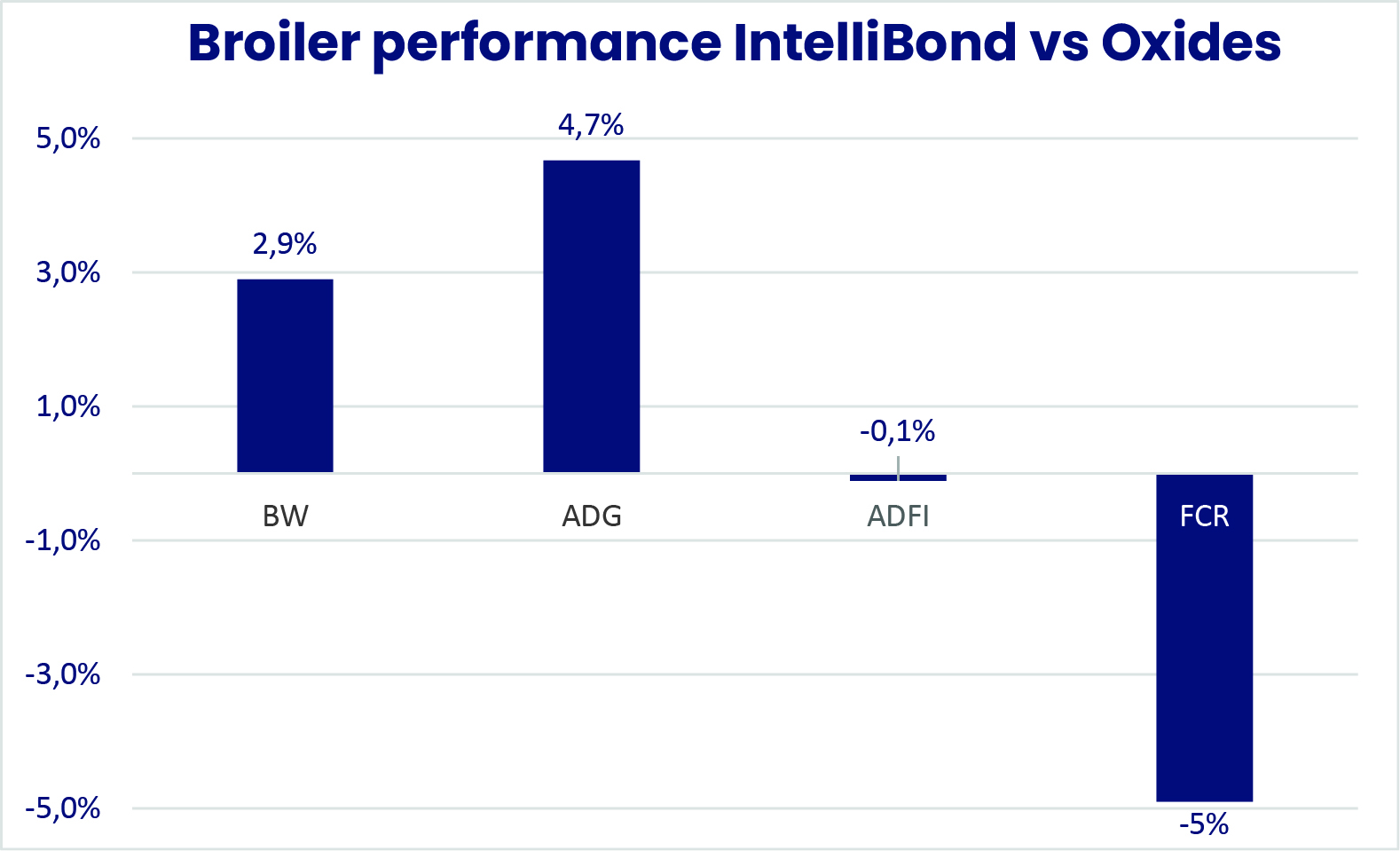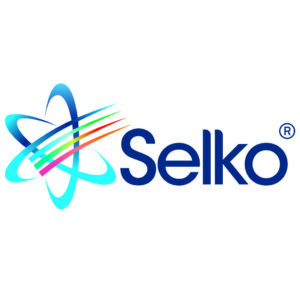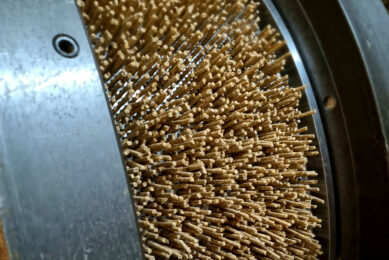Enhancing compliance and profitability in poultry farming

In the poultry industry, ensuring environmental compliance while maintaining profitability is a growing concern that must be approached from multiple perspectives. One effective approach is to re-evaluating your existing trace mineral supplementation strategy.
Trace minerals such as zinc, copper, manganese, and selenium are essential for high levels of animal productivity and well-being. However, the choice of trace mineral sources can significantly impact animal productivity, the environment, and your bottom line.
4 questions to ask when re-evaluating your trace mineral strategy
When assessing the overall cost and value of a trace mineral source, a few basic questions must be asked:
 What is the proven availability of the trace mineral form under consideration?
What is the proven availability of the trace mineral form under consideration?
A trace mineral source is only of value to the animal when the metal it is carrying is efficiently absorbed across the intestinal wall into the animal’s blood stream. Only after absorption is the animal able to utilise the metal to optimise key production objectives like growth, reproduction, immune function, hen day production, feed efficiency, etc.
 Are you getting what you paid for?
Are you getting what you paid for?
Certain trace minerals (sulphates, oxides, etc.) are highly reactive chemical substances fueled by their solubility in the upper digestive tract of the animal. These reactions, supported by high trace mineral solubility, can adversely affect gut integrity and the stability and availability of many essential nutrients (vitamins, fats, amino acids, probiotics, etc.) that you have paid for, potentially leaving nutritional gaps and economic losses.
 What is the impact of the trace mineral source on the environment?
What is the impact of the trace mineral source on the environment?
Any trace metal that is consumed by the animal but not absorbed is excreted by the animal, negatively impacting the environment and your profitability. This becomes increasingly important in cases where inorganic trace mineral sources like sulfates and oxides are overfed above requirements to compensate for their uncertain availability. The effect on essential nutrients availability can also increase environmental impact. Last is the impact on performance due to non-optimised mineral supply and availability, which can substantially degrade animal production.
 What value does it bring you?
What value does it bring you?
An increasing body of independent research has been able to demonstrate that cheaper, inorganic trace mineral sources have a significant number of hidden costs that impact their total cost of use. What appears to be a lower initial purchase price can quickly become a much more expensive choice when all the associated negative side effects are taken into consideration.
Improved trace mineral categories
Recognition of these hidden characteristics and their negative impact on poultry productivity has led to the development of a long list of “improved” trace minerals sources. While the list of individual products is long, it can be shortened into 2 primary categories: organic trace minerals, which have been present in the market for some time, and the more advanced hydroxy trace minerals (Selko IntelliBond) technology.
Hydroxy trace minerals
Selko IntelliBond Hydroxy trace minerals, introduced in the late 1990s, utilises novel technology to provide stable metal crystals above a pH of 4.0. This stability eliminates antagonistic reactions in the feed and upper GI tract. The metal crystals dissolve in the low pH environment of the stomach, allowing efficient absorption in the small intestine. More than 250 independent research trials have demonstrated the ability of Selko IntelliBond to improve animal productivity and well-being while eliminating negative side effects.
Improving animal productivity and well-being

Replacing traditional inorganic trace minerals with IntelliBond can optimise animal performance and profitability. For instance, feeding IntelliBond to pullets led to improved FCR and weight gain, as well as improved flock uniformity.
In laying hens, it has been shown to improve laying performance and eggshell density, as shown by microscopic imaging which is an indicator of improved eggshell (Figure 1). In broilers, it has shown improved performance, showing benefits in weight gain (+2.9%) and FCR (-5 points) (Figure 2).
Taking the next step in sustainability
To avoid greenwashing and give poultry producers accurate values for the trace mineral included in their feed, the Global Livestock Feed Institute (GFLI) has verified and listed IntelliBond Z, C and M within its new, branded global feed ingredients database. The listing follows GLFI’s comprehensive internal review of IntelliBond’s technical dossier, including a recently completed LCA defining the carbon footprint for each of its trace mineral products.

For feed formulators and nutritionists, the listing of Selko IntelliBond Z, C and M offers assurance that the total carbon values per tonne of product listed for IntelliBond Z, C and M have been independently verified to comply with all industry accepted sustainability standards.
External verification of a product’s sustainability status is especially important when it comes to ensuring that the product is in full compliance with all environmental statutes. Only then can industry professionals have confidence that the ingredients they select for their formulation have the required positive environmental impact.
The verification process utilised by GFLI is designed to ensure that ingredients listed within its proprietary, global ingredients database have undergone a rigorous review by industry professionals to ensure that published values are compliant with all environmental statutes.
While the GLFI database is a trusted source for verifying ingredients’ carbon scores, the inclusion of branded feed additives, like Selko IntelliBond, within the database is new, and offers formulators and nutritionists greater flexibility to achieve their sustainability goals. Ongoing pressure from within the food industry to continue lowering the carbon footprint of food production is prompting formulators to consider how small changes in the additives and ingredients they choose can contribute to more sustainable food production.
Return on investment
Selko IntelliBond offers a cost-effective alternative to reactive inorganic sources, providing greater animal efficacy at a lower true cost. When selecting a trace mineral source, consider the criteria highlighted above to maximise the total return on your investment. This choice benefits both the animals under your care and the environment.
By re-evaluating trace mineral strategies, poultry farmers, nutritionists, and formulators can enhance environmental compliance and profitability, ensuring a sustainable and productive future for the industry.
More info? Click here.




